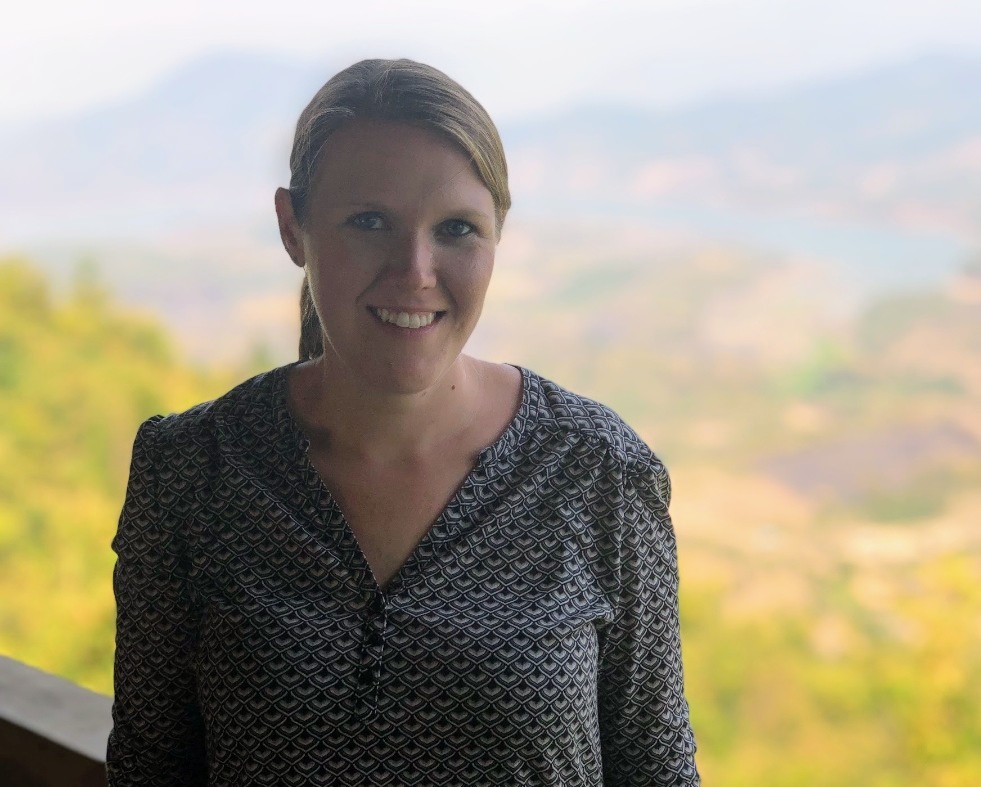The story of Kayla
The breeze blew the curtains in my dark room. My eyes were glued to the glowing stick on stars arranged on the ceiling to look like constellations. I felt his finger stroke the side of my face and hot tears pooled in my ears. I was frozen in place. My heart beat faster and faster and I couldn’t even twitch my fingers to make fists, I was completely paralyzed.
When I woke up, he was gone and it was just another Monday. I took a shower, ate breakfast, and put my book bag beside the couch where I would nap until it was time to get on the bus. My three older siblings were starting to get up. I got on the bus with them and slept until we arrived at school. The silent reading time before school gave me the opportunity for my third nap before classes began at 8:15 a.m. Some days I fought the sleep and struggled with terrible headaches and a fogginess floating in my brain. Other days I let it win and spent up to 18 hours a day waffling back and forth between sleep and wakefulness.
This pattern started around age 6, the first year I had to go to school a full day. For 7 years I didn’t have a name for it, but my family and teachers knew there was something wrong. I was a straight-A student that couldn’t stay awake in primary school. Finally, when I was 13 years old I spent the night in a facility where they examined my brain waves while I slept and conducted a “sleep study”. Soon after, I learned the name of my condition, Narcolepsy.
Once I started trying treatments, I was awake more. I could read a book without falling asleep and I absorbed stories of exotic places and fascinating people. I enjoyed playing basketball on Saturdays and took up photography. I loved to write colorful stories and poems, and many of them were inspired by my vivid dreams. One weekend, I spent all my free time writing an essay for seventh grade literature. I was passionate about the subject and felt like it was the best thing I had ever written. However, when I went to class I learned that the assignment didn’t exist. I must have imagined it or had a very realistic dream about it. There were hundreds of other incidences like these. I felt like I was losing touch with reality and that I was living with a pillow case over my head; preventing me from seeing or even thinking clearly. Having a name for the problem wasn’t the end of the battle.
I carried around notebooks, not for my creative writing, but to take notes on everything that happened. My idea was, if it was in the notebook, it was real. If it wasn’t there, then it didn’t happen. It was a difficult task. When I started rereading my notes I found phrases like, “purple hippopotamus was talking to a unicorn”. I began to realize that my reality may be different than other people’s. I eventually learned that these experiences are Hypnogogic Hallucinations, visual, auditory, or tactile hallucinations upon falling asleep or waking up. So many of my childhood nightmares were explained by this symptom. The men that crawled in my window at night still find me, but I am less terrified since I know the specific times my brain is susceptible to these tricks.
From my teenage years into my early twenties, I was just coping. However, when I was 24, things started to change for me. I had found ways to lift the brain fog and was feeling better than I ever remembered. I decided it was time to travel and explore some of the destinations I had only experienced reading books. I applied to jobs in various countries. I planned to teach English but I had absolutely no certification, just a Bachelor Degree in an unrelated field. It seemed like a long shot but I found the perfect fit.
I moved to the tiny island of Ibiza, Spain to be an assistant teacher in two public primary schools. My scheduled work was just 12 hours a week which left me with 3 day weekends! I quickly fell in love with Spain and continued to travel throughout Europe on holidays. Since then I have visited more than 20 countries. I worked in 2 more Spanish towns before moving my teaching career online. Now, I can go wherever I want, whenever I want and work from home. Sometimes I still have to pinch myself to make sure this isn’t one of my hallucinations.
My key message is that you may be surprised by the wide variety of experiences of people with narcolepsy. A proper diagnosis is an important step, but it’s not the last step. In a way, it is just the beginning, as each person with narcolepsy then begins on a journey of self-acceptance and finding what works best for them. In my case, it hasn’t always been easy, but I am extremely proud of where I am today to be living a fulfilling life with narcolepsy.
